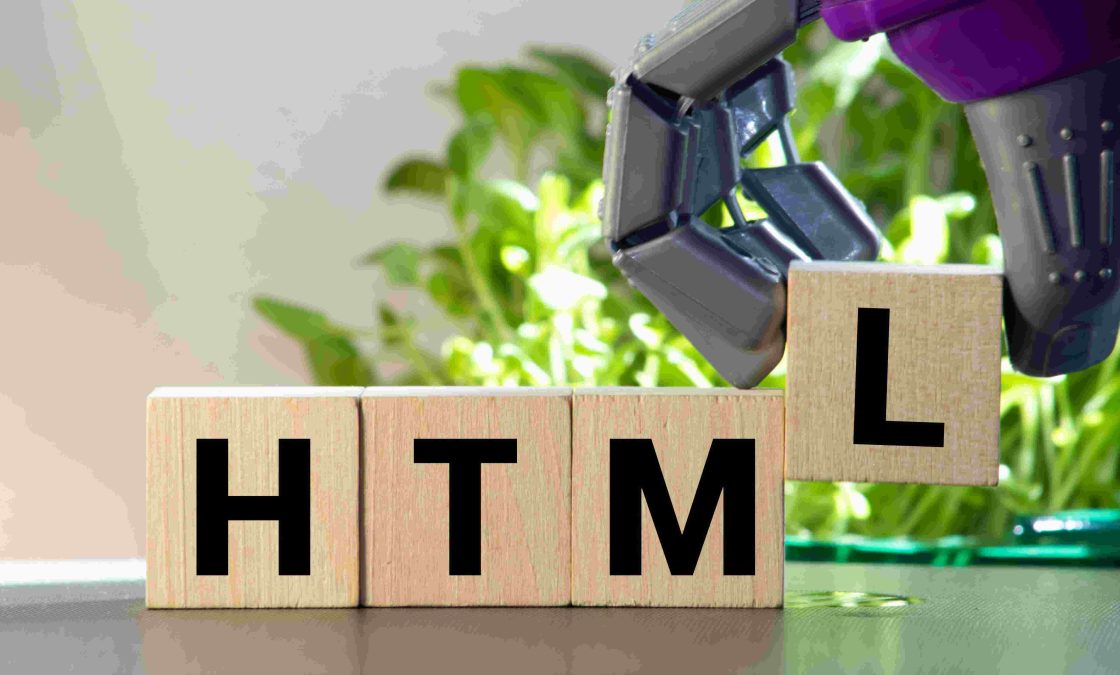When working with WordPress, you might find yourself needing to add custom HTML code to your site. Whether you’re integrating third-party widgets, adding unique design elements, or embedding special functionalities, the ability to copy and paste HTML code directly into your WordPress site can be incredibly useful. This guide will walk you through the process of incorporating HTML code into your WordPress website, ensuring you do it effectively and safely.
Understanding HTML in WordPress
HTML (HyperText Markup Language) is the foundational language used to create and design webpages. In WordPress, HTML is used to build the structure of your content, including headings, paragraphs, images, and links. WordPress provides several ways to integrate HTML code, depending on where and how you want it to appear on your site.
Adding HTML to WordPress Posts and Pages
- Using the Block Editor (Gutenberg):
- Step 1: Log in to your WordPress admin dashboard.
- Step 2: Navigate to Posts or Pages and select the content where you want to add HTML.
- Step 3: In the Block Editor, click the + icon to add a new block.
- Step 4: Search for the Custom HTML block and add it to your post or page.
- Step 5: Paste your HTML code into the block. You can preview the code by switching to the preview tab.
- Step 6: Save or publish your changes.
The Custom HTML block is perfect for adding custom elements or scripts, such as embed codes or widgets.
- Using the Classic Editor:
- Step 1: Go to Posts or Pages and edit the desired content.
- Step 2: Switch from the Visual editor to the Text editor.
- Step 3: Paste your HTML code directly into the Text editor where you want it to appear.
- Step 4: Save or update the post or page.
The Classic Editor’s Text view allows you to insert HTML directly and is ideal for those who prefer a more hands-on approach.
Adding HTML to Widgets
Widgets are small blocks that perform specific functions and can be added to sidebars, footers, and other widget-ready areas of your WordPress site. To add HTML code to a widget:
- Step 1: Navigate to Appearance > Widgets in your WordPress dashboard.
- Step 2: Drag a Custom HTML widget to your desired widget area.
- Step 3: Paste your HTML code into the Custom HTML widget’s content area.
- Step 4: Save the widget settings.
Custom HTML widgets are useful for adding code such as forms, advertisements, or custom scripts to various parts of your site.
Incorporating HTML into Theme Files
For more advanced users or developers, you might want to add HTML code directly into your theme files. This requires access to the theme’s files and should be done with caution:
- Step 1: Go to Appearance > Theme Editor in your WordPress dashboard.
- Step 2: Select the theme file where you want to add HTML (e.g., header.php, footer.php).
- Step 3: Paste your HTML code into the appropriate location within the file.
- Step 4: Update the file to save your changes.
Modifying theme files is powerful but risky, as incorrect changes can break your site. Always create a backup before making modifications.
Adding HTML via Plugins
If you need more control or functionality, several plugins can help you manage and insert HTML code:
- Insert Headers and Footers: This plugin allows you to add code to your site’s header or footer without modifying theme files.
- Code Snippets: This plugin lets you safely add custom code snippets to your WordPress site and manage them efficiently.
Plugins can simplify the process and offer additional features such as conditional logic or scheduling.
Best Practices for Adding HTML Code
- Validate Your Code: Ensure your HTML code is correctly formatted and free of errors. Use tools like the W3C Markup Validation Service to validate your code before adding it to your site.
- Security Considerations: Be cautious when adding HTML code, especially from untrusted sources. Malicious code can compromise your site’s security. Always use code from reputable sources.
- Backup Your Site: Before making any significant changes, especially when editing theme files, back up your WordPress site to prevent data loss or site breakdown.
Conclusion
Adding HTML code to your WordPress site can enhance its functionality and appearance, offering endless customization possibilities. Whether you’re embedding widgets, adding custom design elements, or modifying theme files, understanding how to effectively insert HTML will enable you to make the most of WordPress’s flexibility. By following best practices and utilizing the right tools, you can ensure that your site remains secure and performs optimally while benefiting from custom HTML integrations.
Interesting Reads:
Best Cryptocurrency Payment Gateway for WooCommerce
How To Maintain Discipline and Decorum In BuddyPress Community
How to Make BuddyPress Member Profiles Private and Secured For BuddyPress Platform





